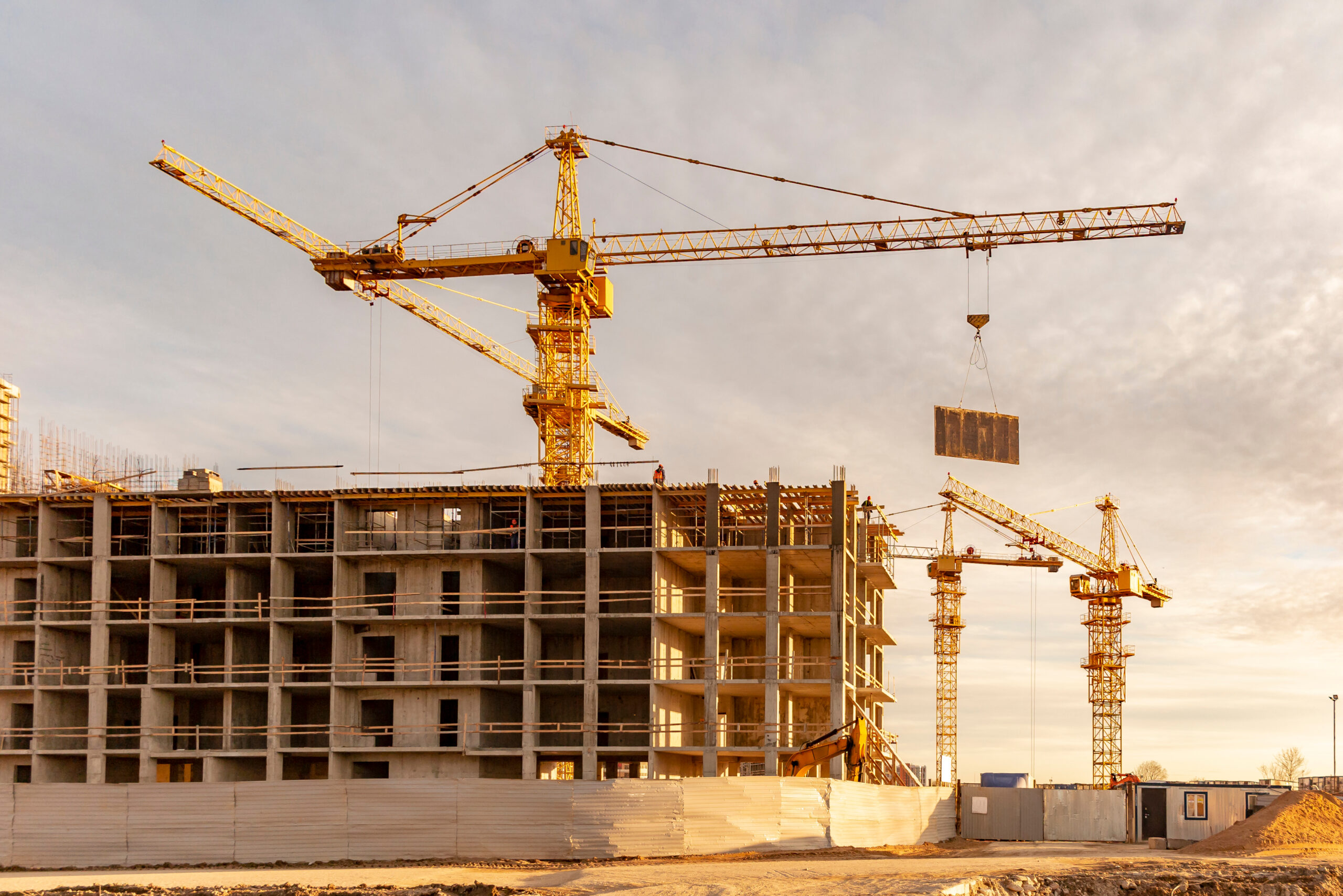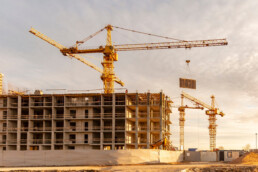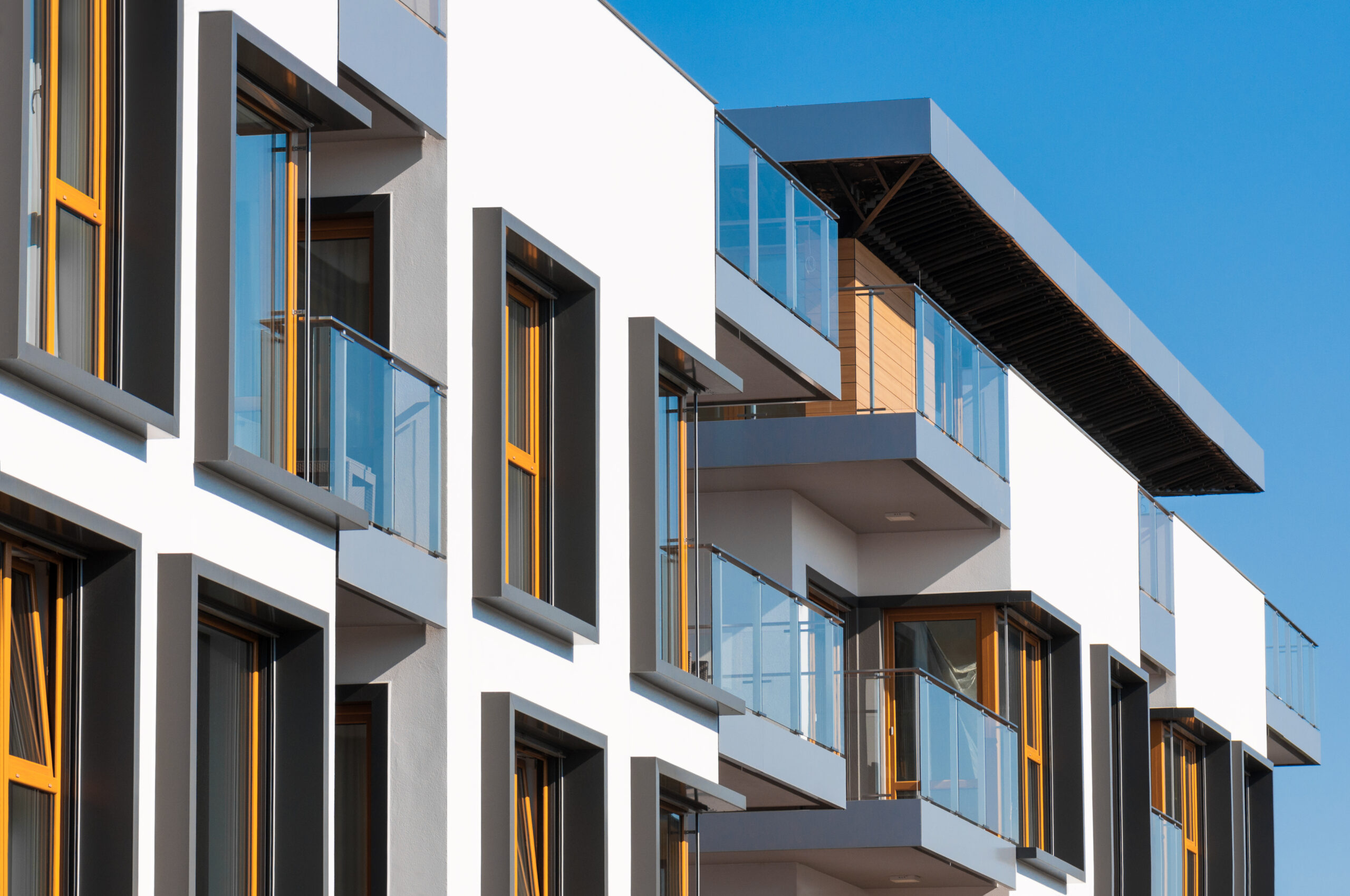
Bubble Trouble: Aerated Concrete Claims and Coverage
Reinforced autoclaved aerated concrete (“RAAC”) is a lightweight cementitious material pioneered in Sweden and used extensively in walls and floors of UK buildings from the 1950’s to 1990’s. Mixed without aggregate, RAAC is ‘bubbly’ in texture and much less durable than standard concrete, with an estimated lifespan of 30 years. The air bubbles can promote water ingress, causing decay to the rebar and structural instability.
RAAC is often coated with other materials and may be difficult to detect from a visual inspection. Invasive testing will often be required to investigate the condition of affected areas and evaluate operational risks. In some instances RAAC structures have failed with little or no warning, posing a significant risk to owners, employees, visitors and occupants. Aging flat roof panels are especially vulnerable from pooling rainwater above.
Buildings insurance is designed to cover damage caused by sudden and unforeseen events, whilst ordinary ‘wear and tear’ is treated as an aspect of inevitability and usually expressly excluded. Where damage occurs, it will be a matter of expert evidence as to the relative impact of contributing factors. English law recognises a critical distinction between failure due to inherent weakness of insured property, and accidental loss partly caused by external influences. Depending on the specific policy wording, unexpected consequences of a design defect or flawed system adopted by contractors may provide the requisite element of fortuity, notwithstanding the concurrent effects of gradual deterioration under ordinary usage (Versloot Dredging BV v HDI Gerling (The DC Merwestone) [2012]; Prudent Tankers SA v Dominion Insurance Co (The Caribbean Sea) [1980]).
Original designers and contractors responsible for RAAC elements in affected buildings in many cases will no longer exist, adding further complexity to potential liabilities. Given that the widespread use of RAAC ended in the 1990’s, it is likely that limitation (even under the new 30-year period for Defective Premises Act claims, if applicable) will have expired, though a fresh period for bringing such claims can be triggered where subsequent refurbishment works have been carried out. To the extent that RAAC related claims are not time barred, professional indemnity insurance may respond subject to operation of any relevant policy exclusions.
Structural problems associated with RAAC were first identified in the 1980’s and multiple collapses have been reported in recent years at public buildings including schools, courts and hospitals. The Institution of Structural Engineers has advised that many high rise buildings in the private sector with flat roofing constructed in the late 20th century may contain RAAC, which could include residential blocks, offices, retail premises and hotels. Landlords and designated duty holders responsible for ‘higher risk buildings’ should factor RAAC assessments into safety case reports pursuant to the Building Safety Act 2022.
RAAC represents another unfortunate legacy issue in the UK construction landscape requiring urgent steps from government and industry stakeholders, to implement a coordinated and transparent approach to proactively manage safety risks.
Amy Lacey is a Partner at Fenchurch Law



